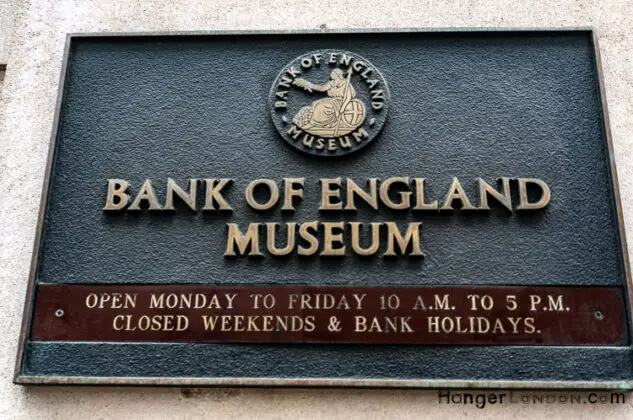Departing the Bank Station complex at any of the exits which leads to the cross roads in front of the Royal Exchange, one cannot miss the imposing Fortress looking building that shadows above the area due north. Along Threadneedle Street and Prince Street is the site of the the Bank of England, founded in 1694, for the purpose of raising funds for the war against the French.
Along Bartholomew Lane can be found the entrance to The Bank of England Museum, opened in 1988 by Queen Elizabeth II.The Bank of England Museum is the focus of our short post, on one quite extraordinary bank and one quite remarkable hidden London museum.
The significance of Sir John Soane, The Bank of Englands surveyor
There have been several Bank of England surveyors, George Sampson (1732-34) and Sir Robert Taylor (1764-88) but it was Sir john Sloan 45 year tenure that would be one of the most significant for the bank. Sir John rebuilt and added to the building complex in 5 distinct building phases over a site of 3 1/2 acres between 1788 – 1833.
Many would agree it was Sir John’s greatest works, but unfortunately the building in front of you, if you are lucky to be standing above the Bank station complex is not actually Sir John Soans Bank Of England, much of his work was demolished in the mid-1920s. One of those city planning decisions future generations are left scratching the head in disbelief. Nonetheless the current building is also an impressive structure.
The museum is the place to go to see a showcase of architectural drawings, paintings and models of Sir John Soans work. It is well worth listening to the Audio description that the museum provide. One such artwork is described as being a pie with the lid taken off. Its all bought to life when you see what was and what is. Also the touches of Soanes that still live on.
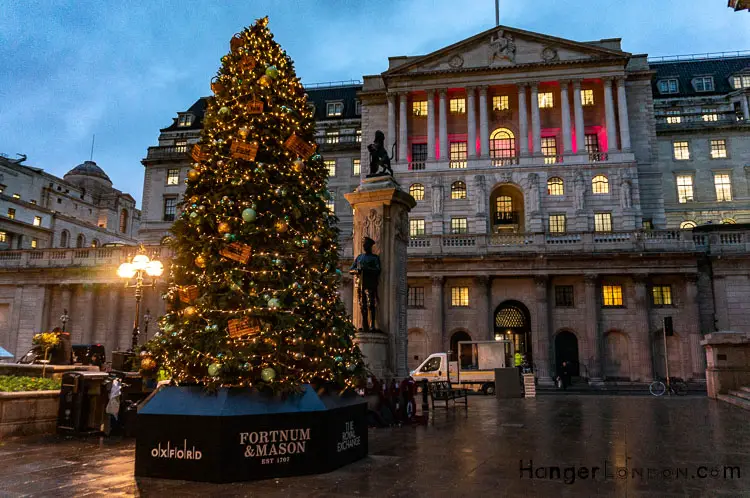
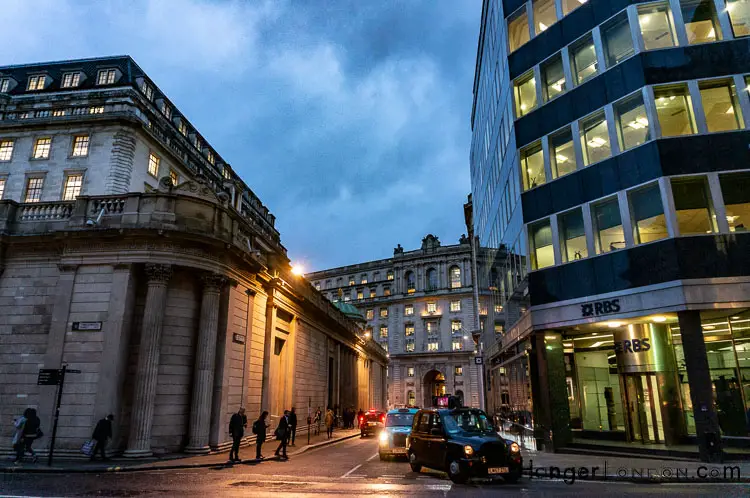
1925-1939 saw the second build phase take place, by Architect Sir Herbert Baker.
1735 Iron Chest in the Bank of England
This Iron trunk if you look at it, you will soon discover it is one of the oldest items in the museum. From 1700. Its metal embellishment work features animals and swirls. It was used in the artwork of the 1994 £50 note that continuous pattern that runs along the bottom edge. Notes can be seen inside the Museum. As there are rules and regs about photographing sterling notes. The information said it was mentioned in a book 1735 “The great iron chest in the parlour.”
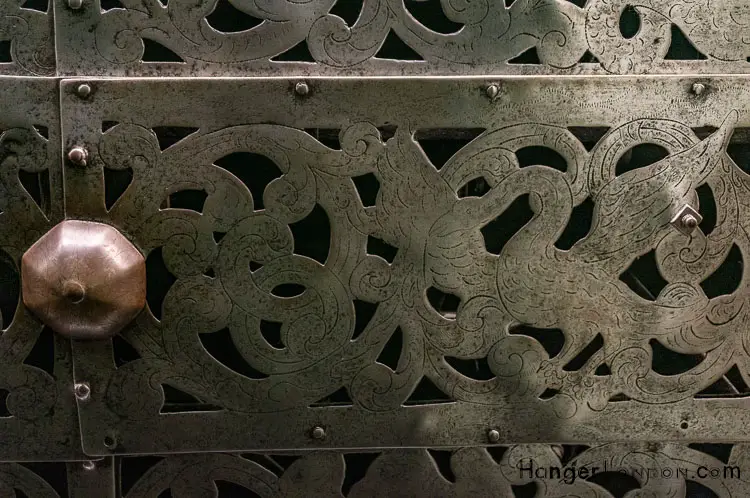
The Look and feel of a 18th Century London Bank
Is designed to emulate the 18th C style of how the bank would have looked to customers collecting their dividends.
The Bank of England had luxurious wooden counter tops and a less expensive wood for the surfaced that point towards the public, to distinguish a status divide between giver and receiver, host and service user.

Middle of this room is a large domed roof, it is thought to emulate Soanes Designs that he used in the original building
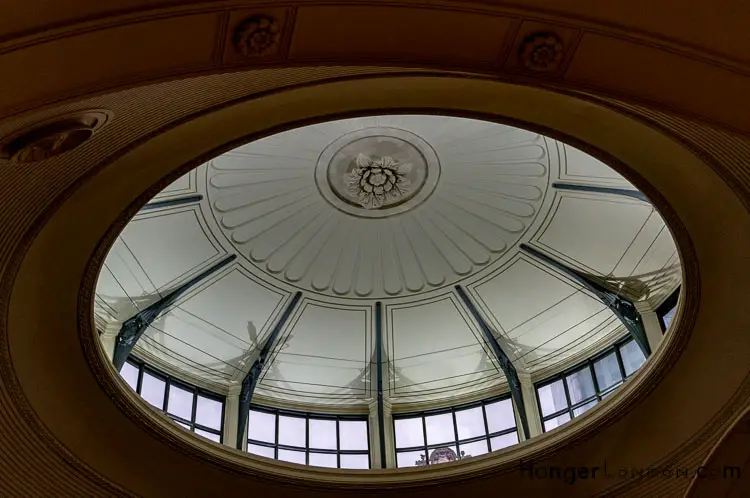
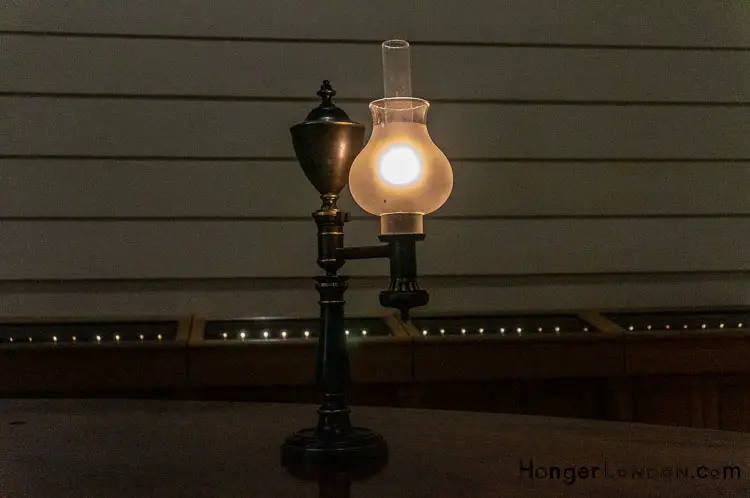
Financing the First World War
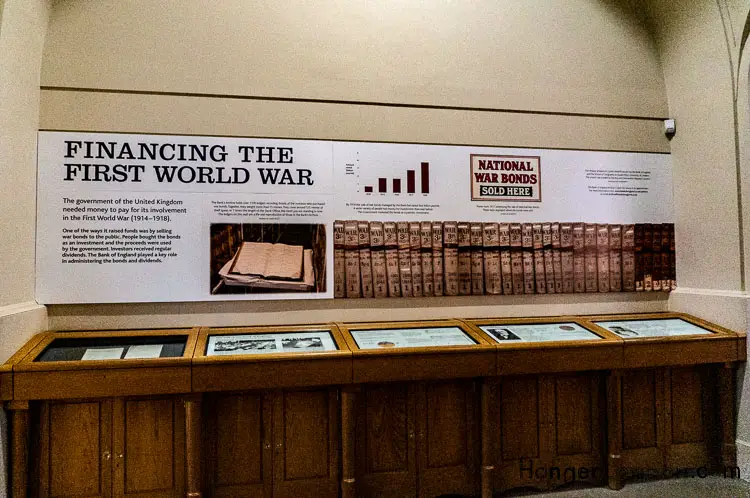
Bank of England onsite Shop
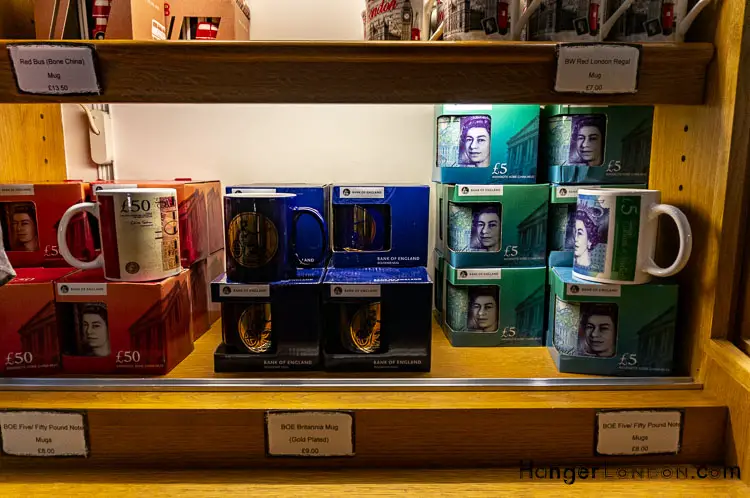
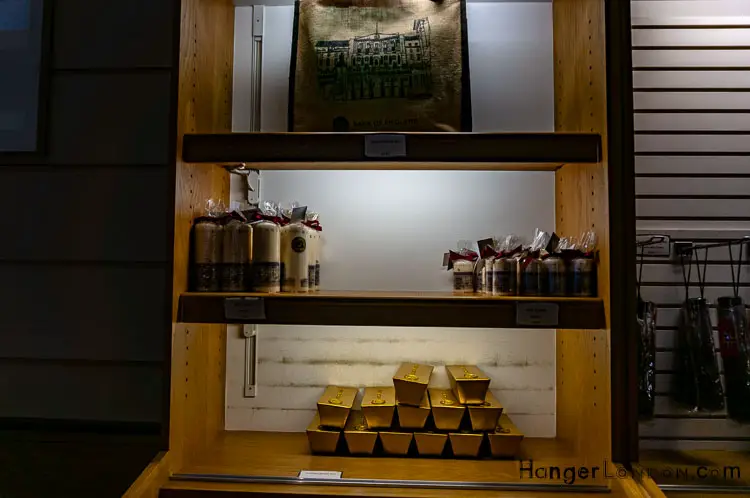
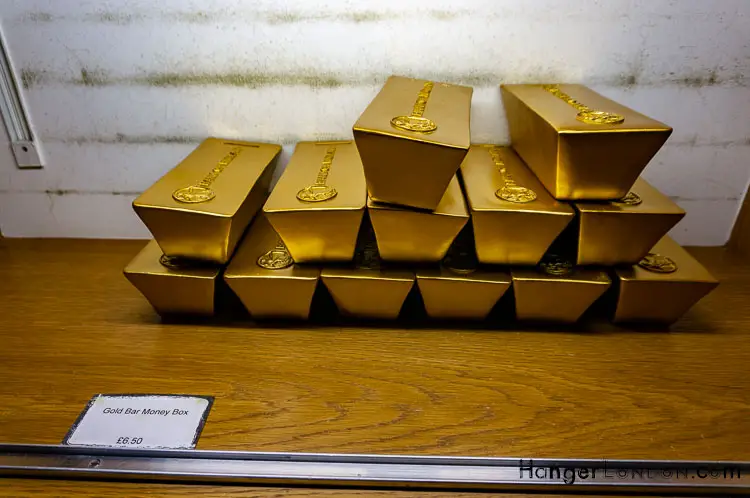
The Early Years 1694-1800 Section of the Museum
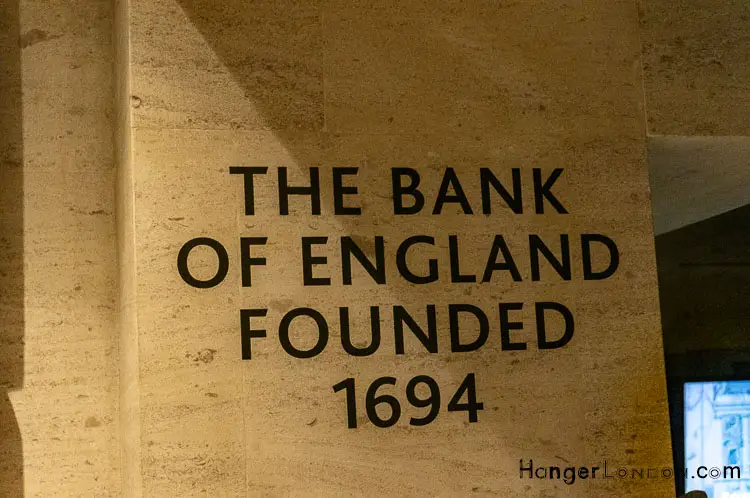
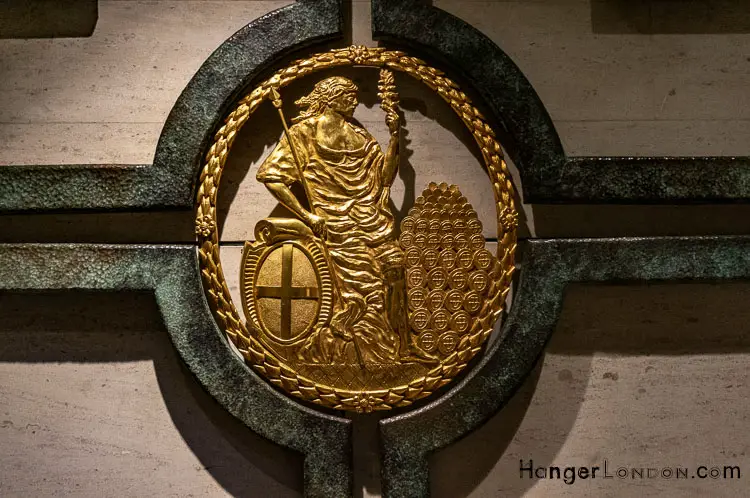
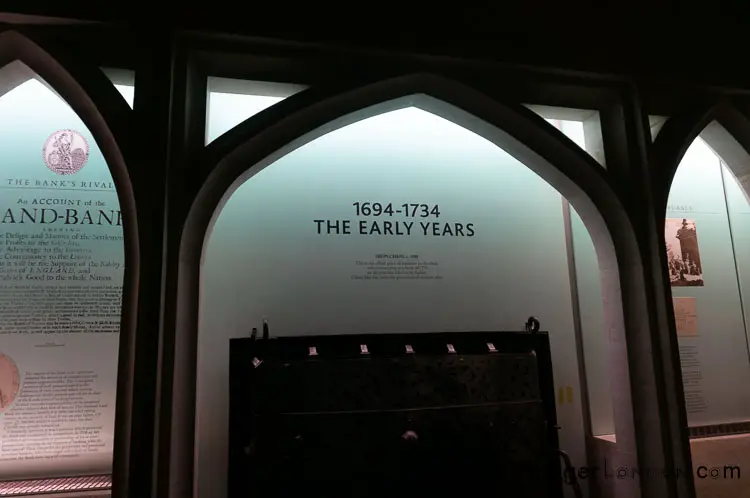
The Rotunda 1800- 1946 Section of the Museum
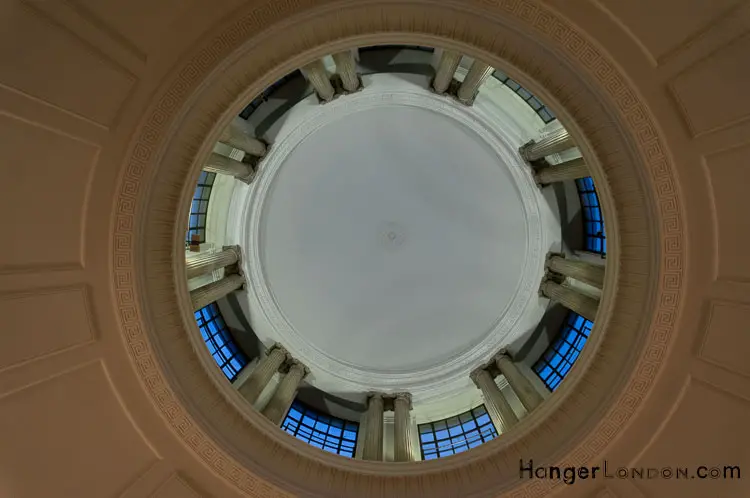
Wind in the Willows at the Bank of England
Kenneth Grahame 1859-1932 – Author of Wind in the Willows, had a day job, working for the Bank of England as the Secretary. This delightful permanent display cabinet showing some of the animal characters from the book. His resignation letter and other artefacts also are on display, because they tell a story in itself, about his time at the Bank after 30 yrs of service. Kenneth took Early retirement from the bank in 1908. The book ” Wind in the Willows” was published that same year. Grahame had written in his spare time, with the inclusion of shorter articles for other publications.
Main Characters were Mole, Rat, Mr Toad, Mr Badger.
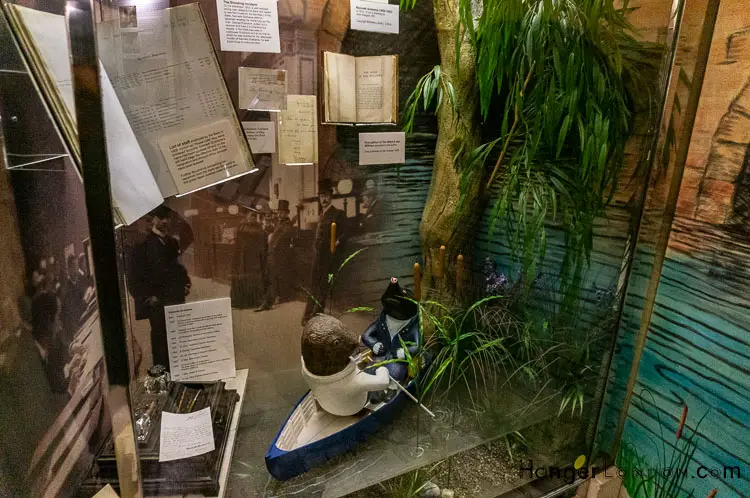
Gold Bars
Each bar weights 12.5kg. In Imperial measurements, 400-438 oz also known as a Troy Ounce or Fine Ounce approx 28lbs, 2 stone! The Treasury stores gold at the Bank of England approx 9.9mn FOZ of Gold.
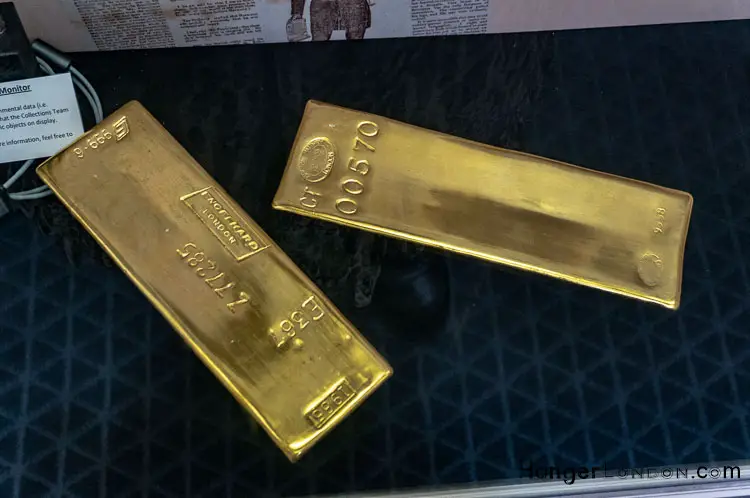
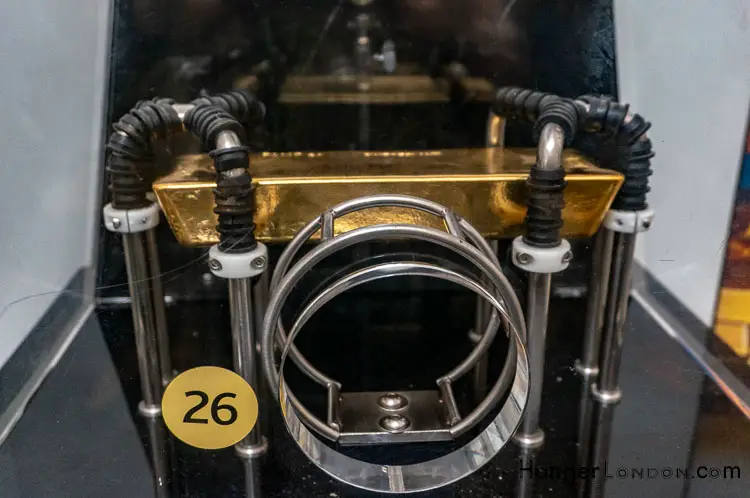
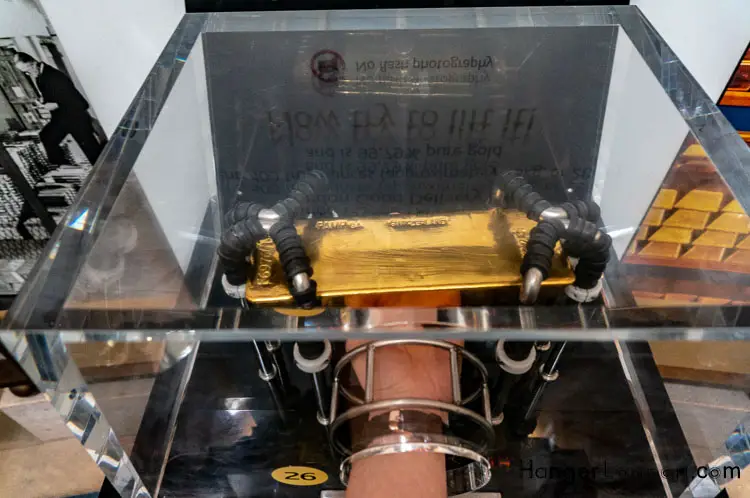
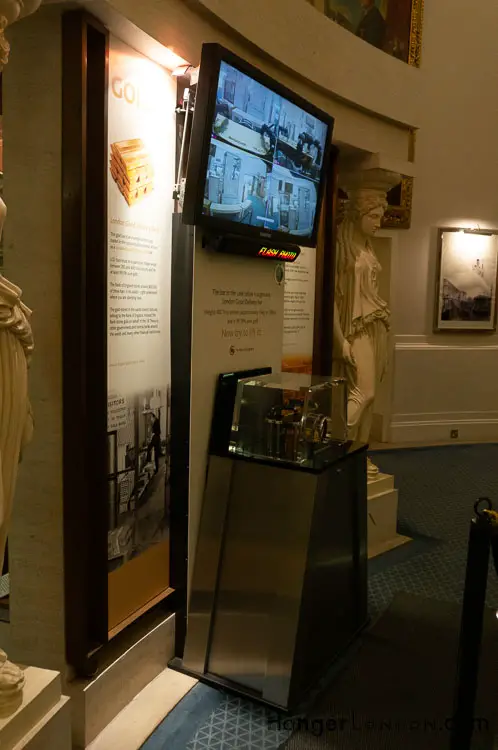
The Bank Note Gallery Section of the Museum
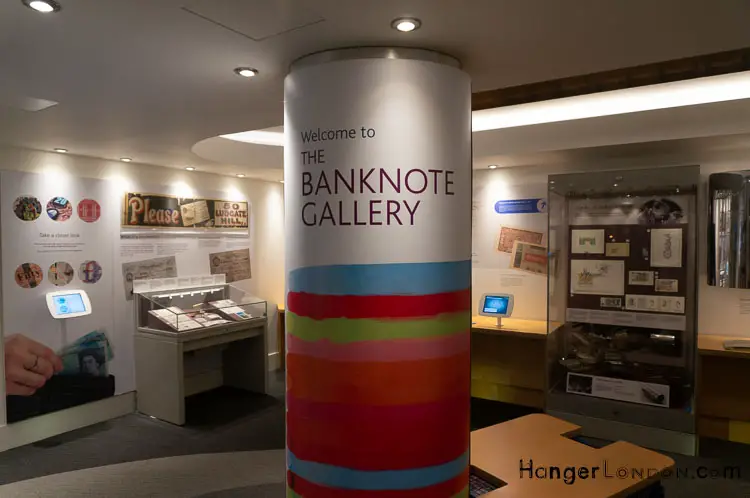
Bank Notes withdrawn from circulation: Bank Of England
| £10 | V Variant 2006 |
| £5 | E Variant 2016 |
| £20 | E Variant 2007 |
| £50 | E Variant 2014 |
| £10 | E Variant 2003 |
| £20 | E Variant 2001 |
| £5 | E Variant (Revised) 2003 |
| £10 | E Variant 2003 |
| £20 | E Variant 2001 |
| £50 | D Variant 1996 |
| £1 | D Variant 1988 |
Where is the Bank of England
Bank of England, City of London, Greater London, United Kingdom

